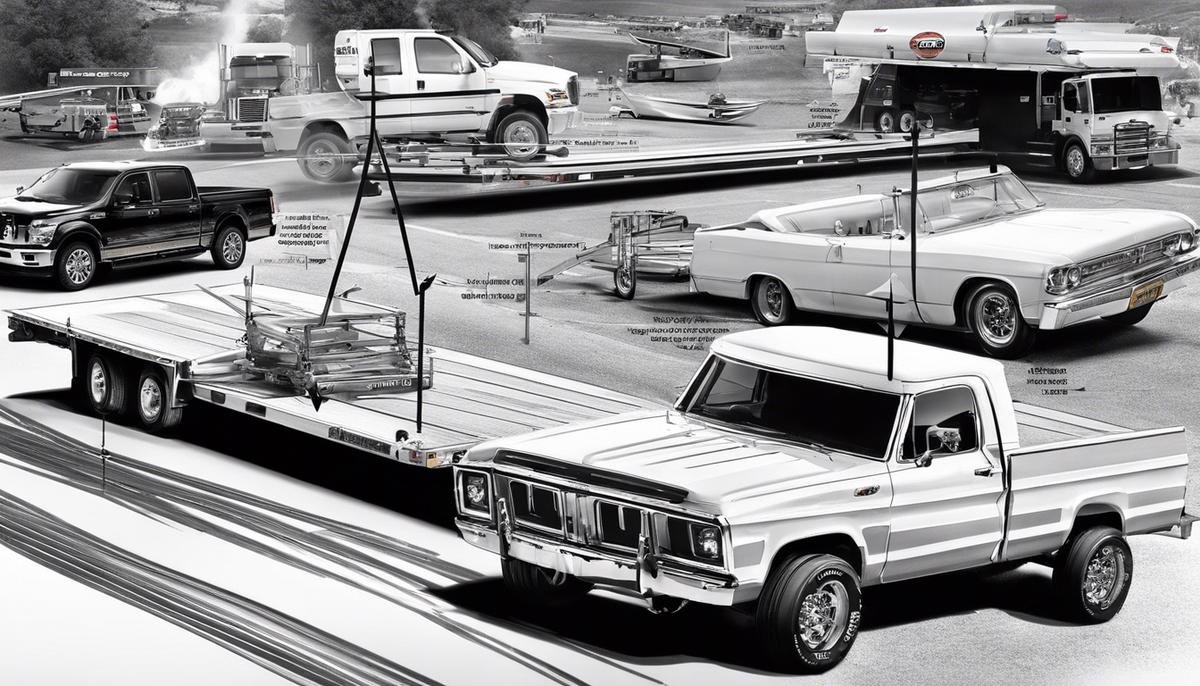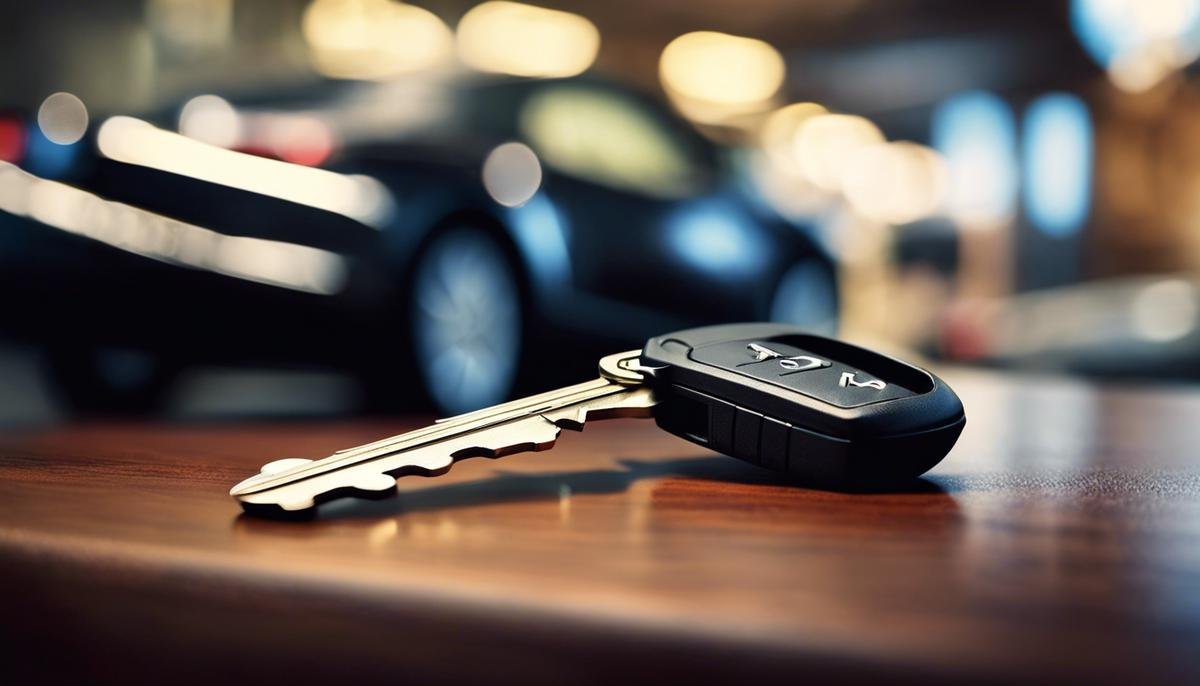Towing a car with a truck is a task that requires comprehensive understanding and precise execution to be done properly. Without a thorough knowledge of the physics involved, possession and use of essential towing equipment, as well as proper preparation, this seemingly simple act can result in significant damage to both vehicles or even cause accidents. The purpose of this comprehensive guide is to enlighten you on the theoretical knowledge and practical skills you need to safely tow a car with a truck, from comprehending the relationship between weight, force and speed, to maneuvering through real-life towing situations.
Understanding the Physics
Everything about towing is a clear indicator of physics at work, from the simple act of connecting a trailer to a vehicle to the process of effective and safe towing. It's all the real world application of simple physics! Wondering how? Let's dive in and break it down.
Force and MotionThe word 'force' might bring to mind images of superheroes and antics. However, in physics, force is quite simply applied to an object to generate motion, stop motion, or alter an object's direction. In the world of towing, one must apply enough force to compensate for the trailer's weight to get it moving, but not too much, or it might get out of control.
Weight DistributionWhen it comes to towing, weight distribution is paramount. There's a reason why hitch setups often include weight distribution systems with their long bars extending towards the trailer's frame. These systems function to distribute the trailer's weight evenly across all axles of the vehicle and trailer, aiding stability, contributing to a smoother ride and reducing the chance of trailer sway.
Center of GravityEvenly distributed weight is essential not just on horizontal plane, but also vertically. A trailer's center of gravity needs to be kept as low as possible to minimize tipping risks. For this reason, heavier items are loaded at the bottom, while lighter items go on top.
Friction and TractionFriction and traction play a significant role in the towing process. The tires’ grip on the road affects the towing vehicle’s ability to start, stop, and change direction. The weight of the trailer pushes down against the towing vehicle's tires, increasing friction, thus increasing traction, but too much weight can cause tires to deform, decreasing traction.
InertiaAnother fundamental part of physics is Newton's First Law of Motion, also known as the Law of Inertia. Any object in motion tends to stay in motion, any object at rest tends to stay at rest, unless acted upon by an external force.
This translates into a straightforward towing rule – "don't suddenly start, stop, or change direction". Start, stop, and turn smoothly and gradually. That way, that 5000-pound ball of inertia following you will change its state of motion gently, keeping it under control.
Trailer SwayAn unstable trailer can start to sway from side to side, becoming unsafe. This typically happens when the trailer's weight is not well distributed, or if it's too light at the hitch end. Physically, this is a case of momentum transfer dynamics. The remedy lies in reckoning with the physics: redistributing weight, slowing down and avoiding sharp turns or sudden stops can minimize and control sway.
Towing may be more complex than we realize. The next time your trailer hitch goes click, remember it isn't magic, it's physics, pure and simple. So, unleash the towing superpower, using the forces wisely. Because it's not just about moving things from Point A to Point B, it's about doing it safely and effectively. Now, isn't that an art in itself?
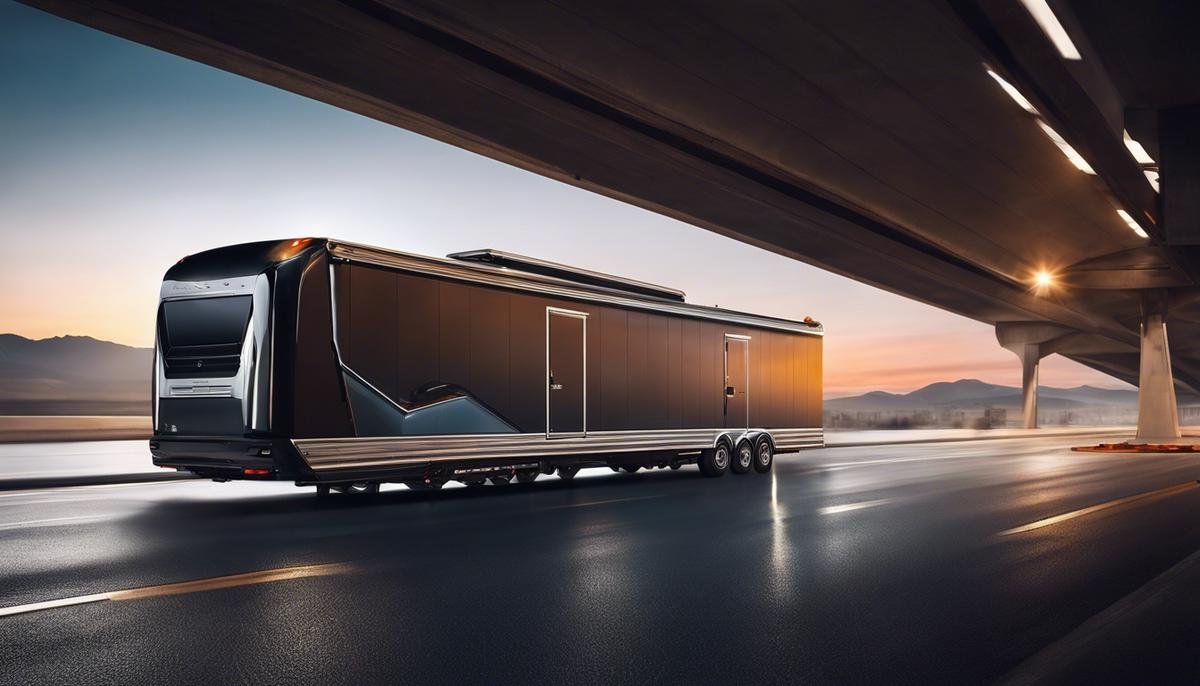
Essential Towing Equipment
Essential Towing Equipment and Their Uses
To successfully navigate the exciting world of towing, it's absolutely essential to be well-equipped. There's a fascinating array of equipment designed to make towing easier and safer. This post dives deeper into some of the critical towing gear and how to make the most of them.
- Trailer Hitch: This aptly named device ‘hitches’ the trailer to the towing vehicle. Depending on vehicle weights and towing capabilities, a variety of hitches such as fifth wheel hitches, pintle hitches, and receiver hitches are available. They ensure that the two entities stay connected on the road.
- Safety Chains/Cables: In the unlikely event that the hitch fails, safety chains function as a backup. They keep the trailer attached to the tow vehicle, preventing any possible chaos on the road. Remember, rules regulating usage of chains vary by state so it is essential to check local law.
- Tow Straps and Ropes: Useful for recovery situations where a vehicle is stuck and needs an extra bit of pulling power. These straps and ropes possess a high tensile strength and some even come with hooks at either end for easy attachment.
- Towing mirrors: Integral for rear and side visibility when towing, these extended mirrors provide an expanded field of vision. Enhanced visibility leads to safer lane changes, turns, and moreover, a less stressful drive.
- Brake Controllers: Travelling with a loaded trailer naturally demands more stopping power. Brake controllers sync with the tow vehicle's braking system and apply appropriate braking force to the trailer, ensuring a safe and smooth stop.
- Wiring and Lighting Kits: A fully functional lighting system is non-negotiable when it comes to towing. These kits ensure that turning signals, brake lights, and parking lights are clearly visible to other drivers and guarantee legal compliance.
- Weight Distribution System: While earlier discussions concentrated on the concept, it’s important to understand the physical aspect as well. Simply put, a weight distribution system ensures a smooth, level ride and allows the tow vehicle to effectively brake and steer, despite the added weight of the trailer.
- Hitch Lock: Discourages theft of trailer by locking it firmly to the hitch. It's a small investment for a big peace of mind.
- Towing Dolly or Flatbed: Used to transport vehicles or large items. Choosing between them depends on what you're towing and your tow vehicle's capabilities.
In conclusion, understanding the value of each piece of equipment can make a significant difference in the towing experience. From maintaining safety to increasing efficiency, these elements come together to guarantee a successful towing journey. Always keep in mind to follow the manufacturer's instructions for usage, maintenance, and limitations for each piece of equipment. Happy towing!
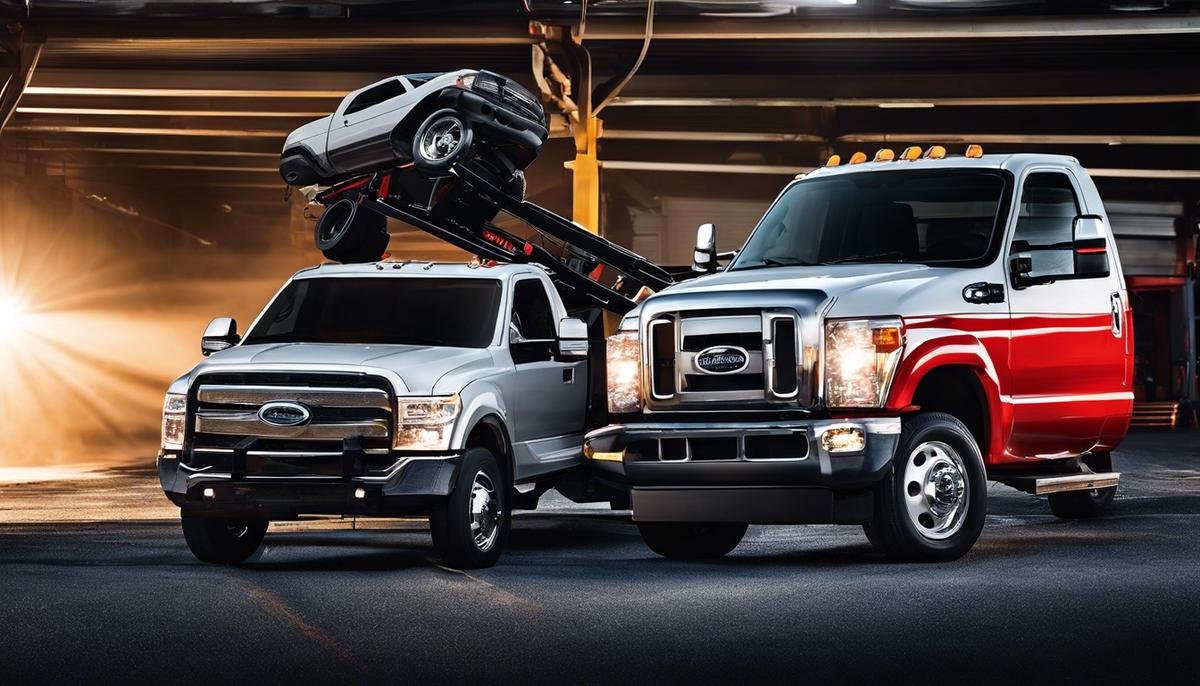
Preparation Steps
Gear Up for Towing: Ensuring the Essentials Are Checked
Towing isn't just hooking up and hauling away. It requires preparation and an understanding of the equipment necessary for a safe and effective job. Getting started with towing typically involves more details than one might initially consider.
First things first, an appropriate trailer hitch is a must. This critical component connects the tow vehicle and the trailer, ensuring the safe transfer of forces from one to the other. There are several types of hitches available, and the choice hinges on factors such as the towing capacity of the vehicle and the weight of the trailer.
Safety chains or cables, though often overlooked, hold immense importance. Fitted as a fail-safe measure, they retain connection between the truck and the trailer if the trailer hitch fails. Remember, safety chains should have a capacity rating equal to or greater than that of the trailer.
Tow straps and ropes are essential tools, especially for recovering vehicles that are stuck. They can be a real lifesaver if a vehicle becomes stranded or mired. As with the safety chains, these also need to have an appropriately rated strength for the tasks at hand.
Keeping a keen eye on the road can be challenging while towing. Towing mirrors offer an excellent solution. They are designed to extend the vehicle’s rear-view field of vision, helping to safely navigate lane changes, turns, and reversals.
Since stopping a vehicle with a heavy load attached at the back is no mean feat, brake controllers come into play. They aid in managing the trailer's brakes to allow for simultaneous and proportional braking between the trailer and the towing vehicle.
Wiring and lighting kits are also crucial. These sets ensure that the trailer's brake lights, turn signals, and tail lights coordinate with the towing vehicle, keeping one visible and compliant with road laws.
The weight distribution system is another primary requirement. It spreads the tongue weight across the tow vehicle and trailer axles, delivering a smoother ride and better control of the vehicle.
Now let’s talk about hitch locks. These devices secure the trailer to the vehicle, deterring potential theft when parked or unattended.
Last but certainly not least, choosing between a towing dolly or a flatbed depends on the nature of the tow. A towing dolly is ideal for front-wheel-drive vehicles, while a flatbed is more suitable to haul vehicles with either rear-wheel drive or four-wheel drive.
In conclusion, towing requires a checklist of sorts. Knowing the right equipment to have on hand, and understanding the purpose each serves can take one a long way in mastering this task. After all, you should never underestimate the perks of solid preparations. They invariably lead to a safe and stress-free towing experience. Happy hauling!
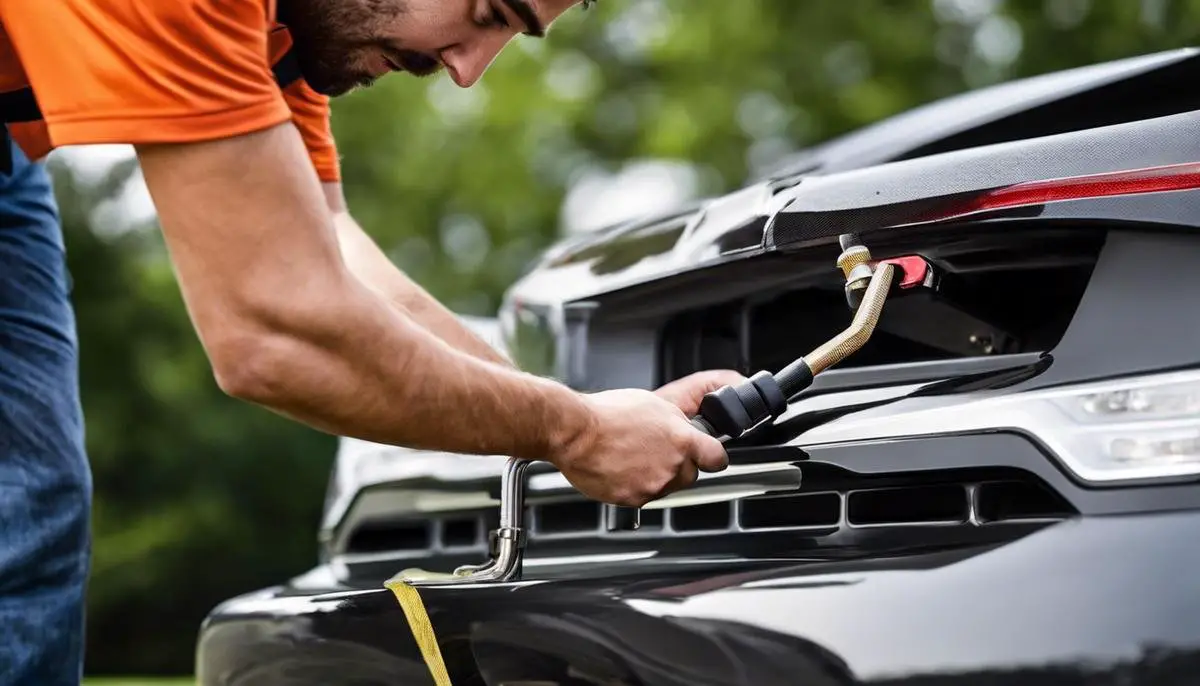
Towing Techniques
Understanding Safe and Effective Vehicle Towing: Techniques Explored
As we venture further into the realm of safe towing, having bypassed the science of force, motion, inertia, and friction, we've also touched on essential equipment from towing mirrors to hitch locks. Now, let's dive into some advanced techniques to ensure towing becomes second nature, emphasizing control and safety.
Mastering Hitching Procedures
An underrated aspect of towing is the hitching process, often classed as a simple alignment of trailer and hitch. However, there's more to it. Ensuring the trailer's hitch is secure prevents unexpected detachments. The hitch ball should slide smoothly into the coupler, and the latch lock must be engaged firmly.
Regular Brake Testing
A vital practice is frequently testing your trailer's brakes. It determines if the brake controllers and the primary vehicle's brakes are in sync and responsive as expected. Remember, brakes respond differently depending on the load being towed. It's not the same as driving your vehicle solo.
Calibrated Turning Maneuvers
Sharp turns become a challenge during towing. Overshoot a turn, and you risk jackknifing. Undershoot it, you may mount the curb or worse. The rule-of-thumb is, 'the larger the trailer, the wider the turn.' Additionally, using towing mirrors offers extended vision to safely execute these maneuvers, increasing your turning confidence.
Towing at Safe Speeds
Exceeding safe towing speeds heightens the risk of trailer sway and loss of control. While every vehicle and trailer combination has specific safe speed limits, a good practice is never exceeding 55-60 mph. This speed ensures you have ample response time during emergency braking situations, lessening accident risks.
Attentive and Anticipated Driving
Towing requires a shift from everyday driving habits. Close following distances, rapid lane changes, and abrupt braking can lead to tipping, swaying, or skidding. Therefore, we recommend maintaining a larger gap between vehicles and practice anticipated driving when towing. This allows more time and space to respond to unexpected situations.
Practicing Reversing Techniques
Reversing or backing up with a trailer is often the most nerve-wracking part of towing. Start by practicing in a large, open space without obstructions. Instead of turning the steering wheel in your intended direction, turn it in the opposite direction. So, if you want the trailer to go left, turn your wheel right and vice versa.
Ensuring optimal Lighting and Indications
Remember, your vehicle isn’t as visible when a trailer is attached. Therefore, you must ensure your trailer’s lighting kit is functioning well. Tail lights, brake lights, and indicators - they all must be in perfect working order to communicate with other motorists effectively.
No one becomes a towing expert overnight. It's all about practicing techniques, understanding your trailer and towing equipment, and embracing the mindset of safe, attentive driving. Before long, you'll find all the knots of towing unraveling, and what seemed like a daunting task becomes an enjoyable part of your journey.
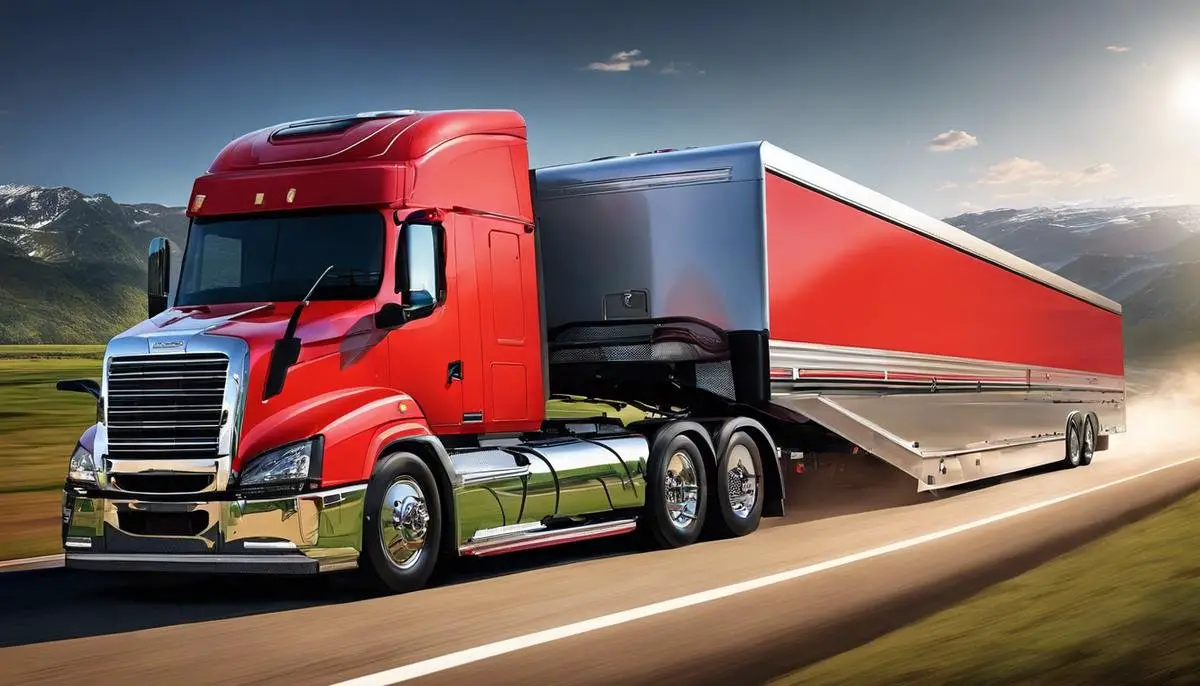
Aftercare and Maintenance
Overloading Avoidance
Respect for Towing Legalities
Your trailer and vehicle have made it home, maybe from a fishing adventure, cross-country excursion, or even a laborious house move. But what next? The business of towing does not come to a halt when the journey ends. Quite the contrary, the towing fun continues even after you park, in the form of aftercare and maintenance.
Inspecting your equipment is the first thing to take care of. Sure, all systems might have been a ‘go' on the road, but that doesn't necessarily mean they're still in top-notch condition. It's critical to do a post-tow inventory to ensure no minor or major damages—no cuts on the tow straps, no frays on the safety chains or cables, no dents or bends on your trailer hitch.
Pay extra attention to your brake controllers. While they may have responded well during your drive, repeated strain could have compromised their performance. A thorough check will reassure you that they'll be ready for your next towing escapade.
Also, it's wise not to forget the lighting kits. It's a common error to overlook burnt-out bulbs and defective wiring. Ensure all the lights, including the brake, signal, and running lights, are functioning perfectly. Bearings also need a routine check up and greasing for smooth towing escapades in the future.
Next up, couple your thorough inspection with a full-on clean. Dirt, mud and grime accumulation not only tarnishes your gear's look but could also lead to rusting and decay. Use this opportunity to fully clean the trailer and its accessories, wiping down wiring and lighting kits, scrubbing down hitch locks, and even power spraying the dolly/flatbed if need be. Also, pay due diligence to your towing mirrors. Clean them, and you'll enjoy unrestricted field-of-view in your next tow-trip.
Then, attention to the weight distribution system! After a long tow, your weight distribution bars might have shifted slightly sans your notice. If left unchecked, this could lead to an imbalanced load during your next trip. Double-check the setup, making small adjustments if necessary.
One final piece of maintenance worth mentioning? Your tow vehicle! Many people forget this vital player in the towing process. After a particularly long or heavy haul, give it some TLC. Check the tire pressure, refill fluids, and consider giving your vehicle a well-deserved oil change.
Towing entails appreciating the science behind it while simultaneously understanding the art that it is. With practical application, you find a fine blend of these, leaving you a master of your journey. Post-tow care and maintenance are pivotal to ensuring your following towing experiences are safe, effective, and equally thrilling! So roll up your sleeves, grab your maintenance tools, and show your towing gear the attention it requires for its next adventure.
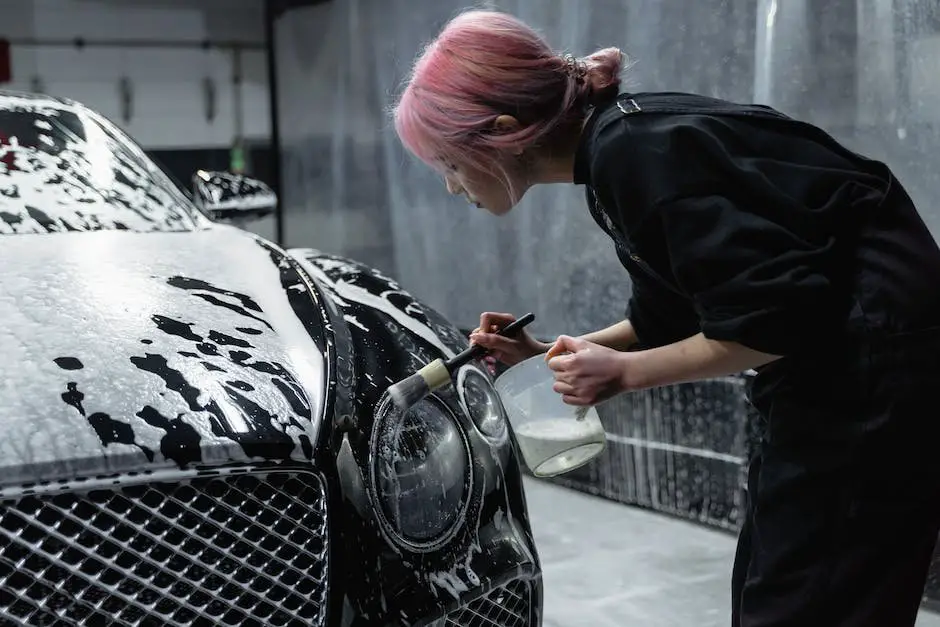
From scrupulous preparation to experienced maneuvers during the tow and sensible aftercare, towing isn't just a mechanical exercise, it's truly an art. With a clear understanding of the physics involved, the right use of the essential tools, and responding to various scenarios with safe towing techniques, the act of towing can be done with confidence and skill. As a final note, never overlook the importance of aftercare and maintenance, as they contribute significantly to the longevity and reliability of your towing equipment, and preserve the integrity of your vehicles. Therefore, whether you're a beginner truck owner or an experienced driver, the information provided is quintessential to making any towing task an efficient and safe process.
Image Source: Paid image from CANVA

